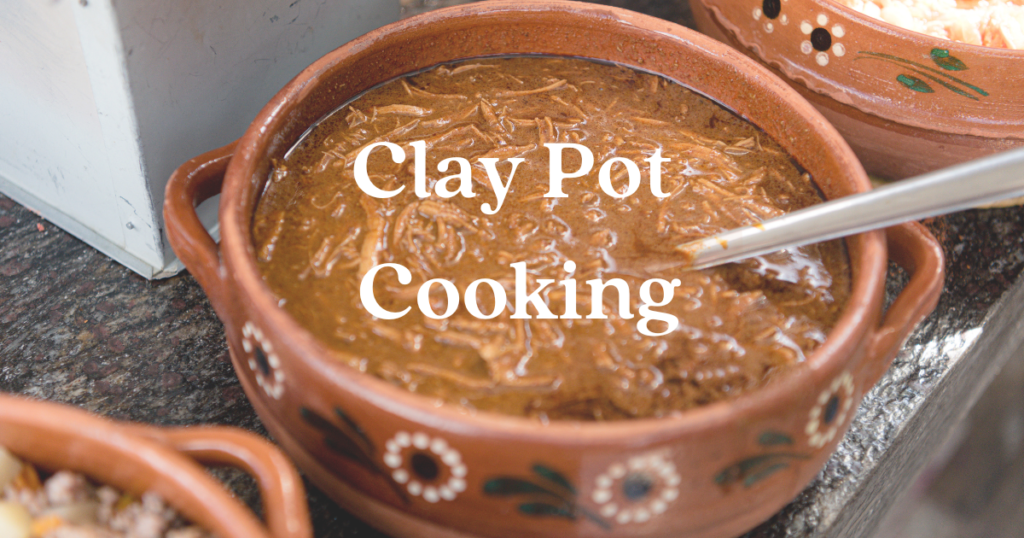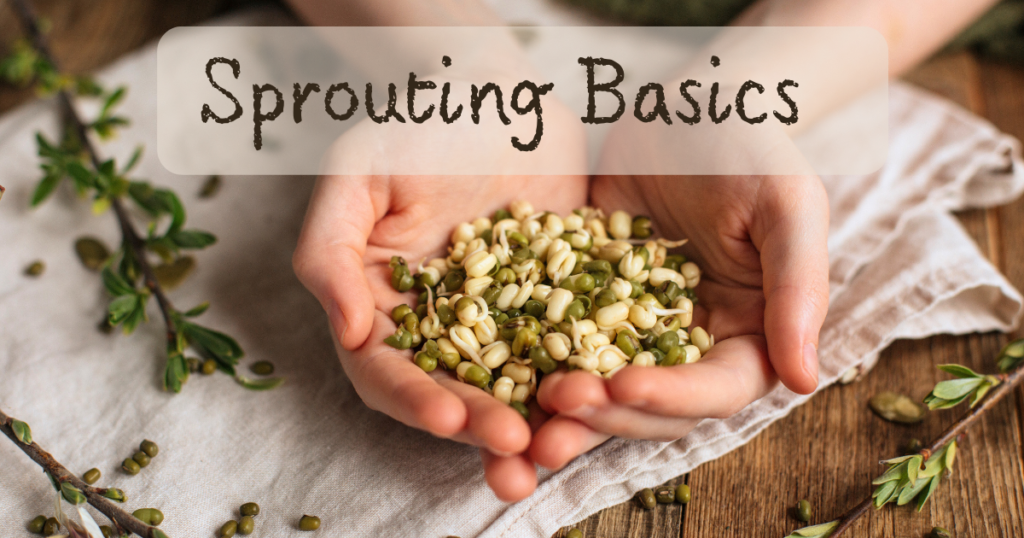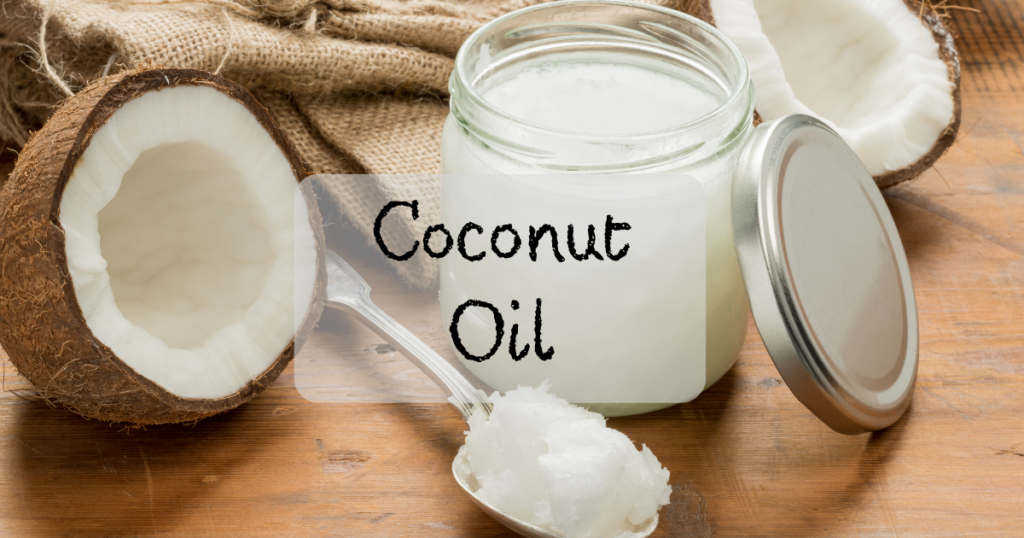Did you know there are cooking pots made of clay that can be used on your stove top? When I discovered not only is this actually a thing, but it’s good for you, I was floored. I was used to cooking all of my meals, and cast iron cookware had always been my number one. The only drawback to cast iron, in my opinion, was that boiling a pot of beans in it would strip that lovely sought after seasoning right off the pot. So I went searching. And found good old-fashioned unglazed clay pots.
Clay pots are what humans have cooked in for thousands of years. It is excellent at preserving the subtle flavors of food. It takes a little longer to heat up than a stainless steel pot, but once it’s hot, it will hold heat long after it is removed from the flame. Or take it off the stovetop and put it right into the oven. Meat dishes cooked in clay pots come out amazing. It’s also great for cooking beans and chili and soups.
While aluminum and non-stick cookware may leach chemicals into food, clay is completely non-toxic and adds beneficial trace elements to food. I’m always looking for ways to go natural and reduce the amount of man-made chemicals I put into my body. What could be better than earthenware proven over thousands of years of human use?
Not only that, unglazed clay pots are easy on the environment. They don’t require the mining and processing of metals to be created and the components for making clay is found in many places. These pots can be made relatively cheaply, and if they should break they can be disposed of without any issues of poisoning the environment. It’s like adding dirt to dirt. And a quick aside, let’s not forget clay shards also have numerous applications in the artistic realm.
Each region of the world has their own version of clay cookware. The Moroccan tagines, the Colombian chamba pots, and the Japanese donabe, all have long traditions of earthenware in their respective cultures. They are prized by those who swear traditional food made in any other kind of cookware simply doesn’t taste the same.
Pots are often handed down generation to generation, and the older the pot, the better the food tastes. Over time, they acquire a burnished look that is much valued by those in the know. These “cured” pieces of cookware do not become that way overnight.
There are a few of things to keep in mind when using clay pots. They are a little more delicate than their metal counterparts. You wouldn’t want to go banging them down on the counter or letting the toddler build a tower with them. They will break. Also, using strong soap on them is a big no-no. The porousness of the clay can absorb the soap and make the food taste funny. A simple brush or sponge and water is enough to get the inside clean. If you go with a glazed option, make sure it is lead free and food safe And the last thing is to use wooden spoons instead of metal ones, to preserve the integrity of the clay.
It’s a small adjustment to get used to the properties of clay cookware, but not much different than getting used to using cast iron for cooking. That being said, earthenware is a fantastic addition to your kitchen and if you like to cook and have never tried clay, I highly recommend giving it a go. I’ve been totally spoiled. You’d be hard pressed to find me making red bean chili in anything else now. The flavor and texture is totally worth the cost.
If you like articles like this, consider joining the monthly newsletter for more.
** Some of the links above may be affiliate links. As an Amazon associate, I earn from qualifying purchases.







